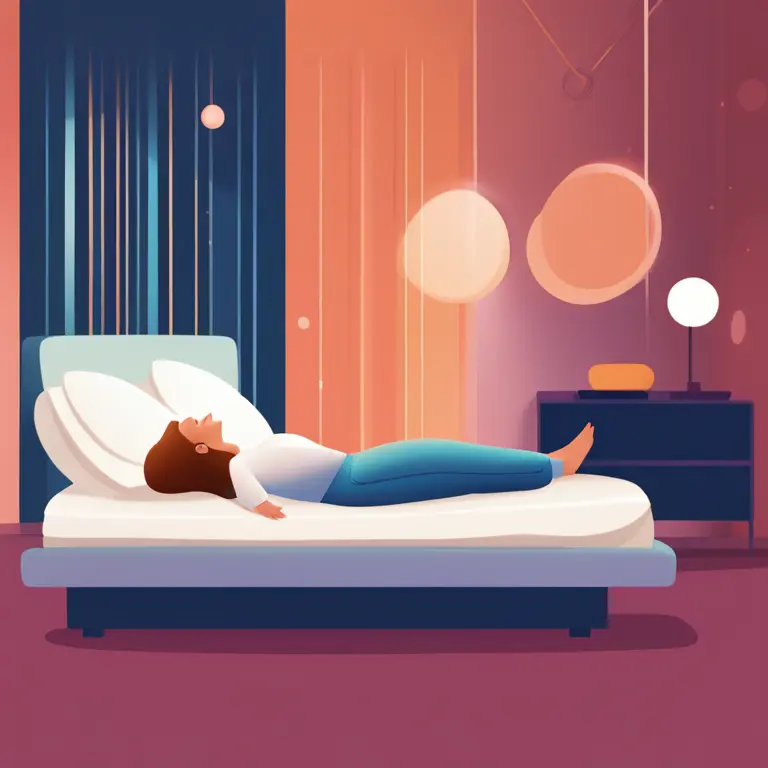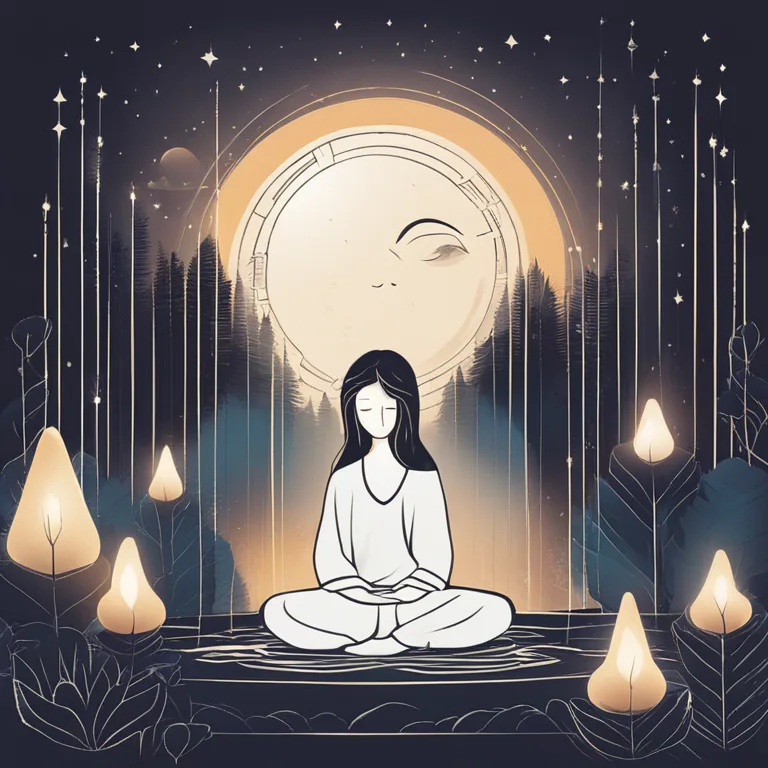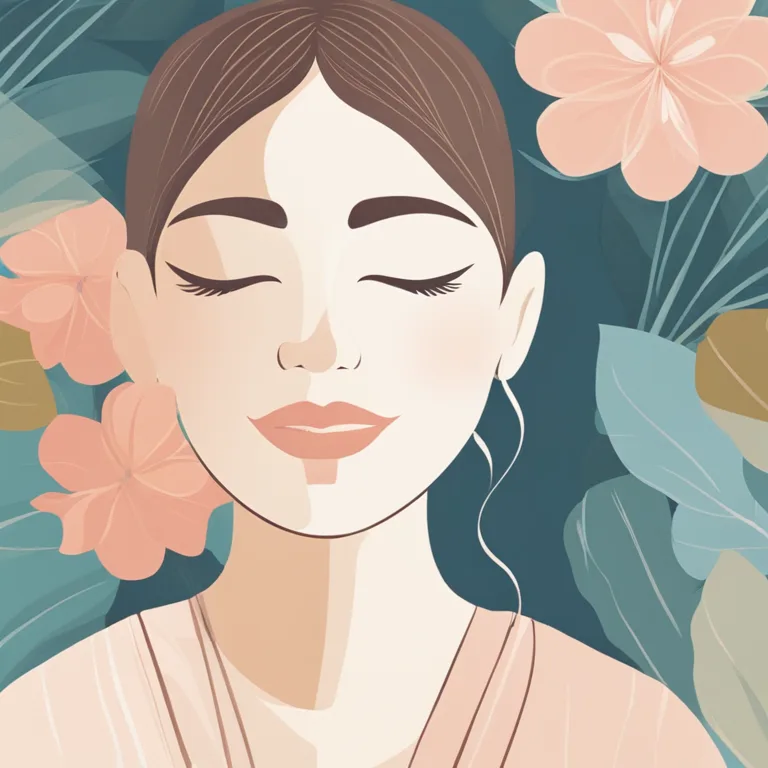
5 Meditation Practices for Better Sleep
Discover meditation techniques designed to promote relaxation and improve your sleep quality, offering a natural way to drift into slumber.
article by Hina Kurosawa
Introduction to Sleep Meditation
Meditation has long been heralded for its ability to reduce stress and enhance overall well-being. In recent years, as we've voyaged deeper into the understanding of the mind-body connection, the practice has emerged as a powerful tool for improving sleep. With sleep disturbances on the rise, many are turning to meditation techniques purposefully tailored to calm the mind and ease the transition into restful slumber. This article delves into five effective practices that can be weaved into your nightly routine, aiding in the quest for a rejuvenating night's sleep.

Mindful Breathing for Relaxation
One of the simplest ways to commence your journey towards sleep is through mindful breathing. This technique revolves around focusing your awareness on the rhythm of your breath, facilitating a tranquil state of mind. As you inhale, visualize drawing in peace and calm, and as you exhale, envision releasing tension and thoughts. The 4-7-8 method, conceived by Dr. Andrew Weil, is a particular breathing pattern acclaimed for promoting sleep. Breathe in for four seconds, hold for seven, and exhale slowly for eight seconds. Repetition of this cycle can gently escort you towards drowsiness.

Guided Visualization for Serenity
Guided visualization is another potent meditation technique to combat insomnia's gripping tendrils. This practice involves following a guided narrative, often through audio recordings, that paints a serene and idyllic scene. As you immerse yourself in this mental voyage, you drift away from daily stressors, leading your mind toward a state conducive to sleep. In 2024, the prevalence of apps and online platforms offering a plethora of guided visualization scenarios makes this method more accessible than ever.

Body Scan for Tension Release
A body scan is a technique where you mentally traverse through different parts of your body, consciously relaxing each area. Start from the toes and gently work your way upwards, releasing any accumulated tension. This practice not only relaxes the body but can also highlight how physical discomfort may be affecting your sleep. Modern studies suggest that coupling body scan meditation with responsive bedding technology can elevate the experience, allowing for real-time body support adjustments.

Mantra Repetition to Quiet the Mind
Repeating a mantra or a calming word can be a powerful anchor to steady a restless mind. The repetition of sound creates a rhythmic pattern that can lure the mind away from intrusive thoughts. Silently repeating a word like 'peace,' 'calm,' or any personal soothing phrase can simplify the mind's chatter and promote a relaxed state. Currently, AI-generated personalized mantras, attuned to your mental and emotional frequencies, are becoming available for an even more tailored sleep meditation experience.
Yoga Nidra for Deep Rest
Yoga Nidra, known as yogic sleep, is a meditation practice that guides you into a state between wakefulness and sleeping. It’s superbly effective for those who might find traditional meditation poses challenging. Practitioners report a significant improvement in sleep patterns due to its deep relaxation effects. While there are traditional recordings available, the use of VR technology for immersive Yoga Nidra sessions is a promising advancement, offering depth and focus to the practice.
Published: 1/8/2024
Modified: 1/8/2024
More predictions
Come back here soon to learn more about yourself and your future


Meditation Techniques: A Handbook
Discover the breadth of meditation methods to enhance your wellness journey.


Meditation Techniques to Soothe OCD
Discover meditation practices designed to help manage OCD symptoms through mindful awareness and relaxation.


Diverse Meditation Techniques
Explore various meditation methods to enhance your mental clarity, emotional balance, and spiritual insight.